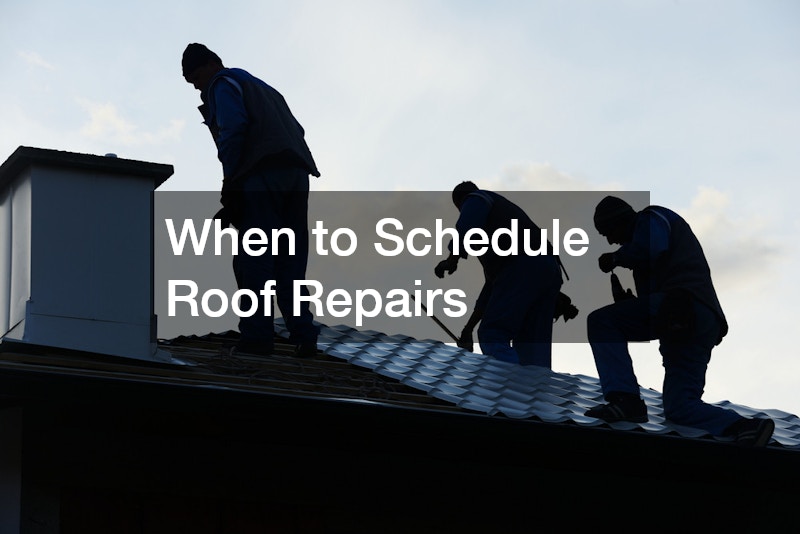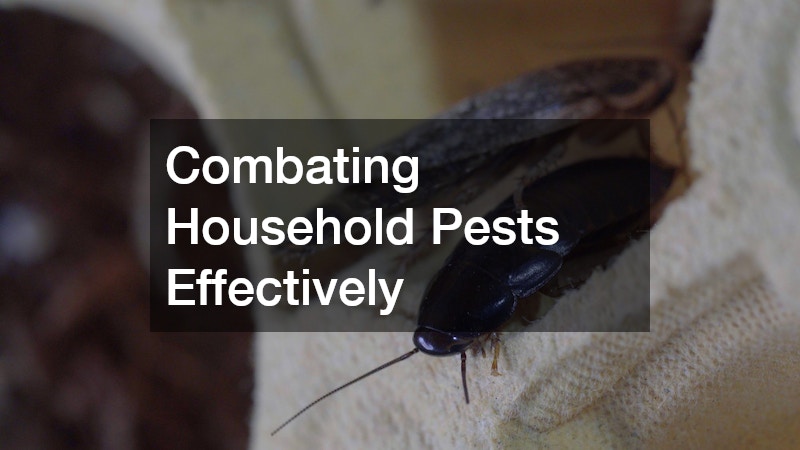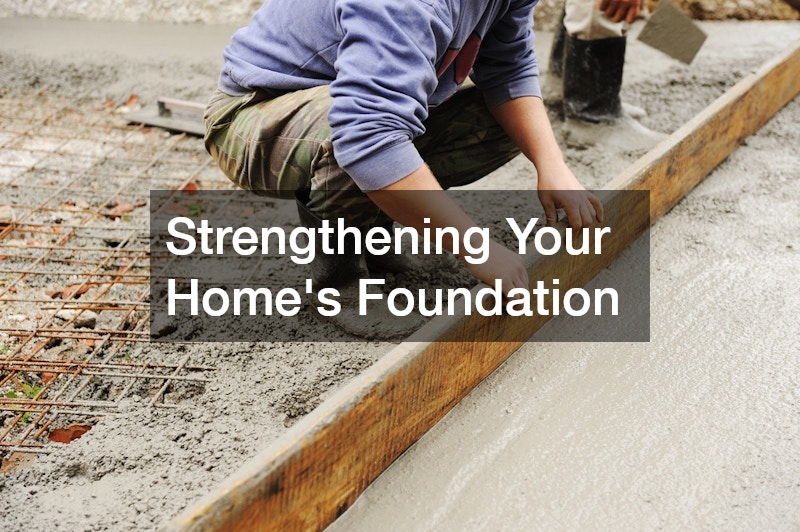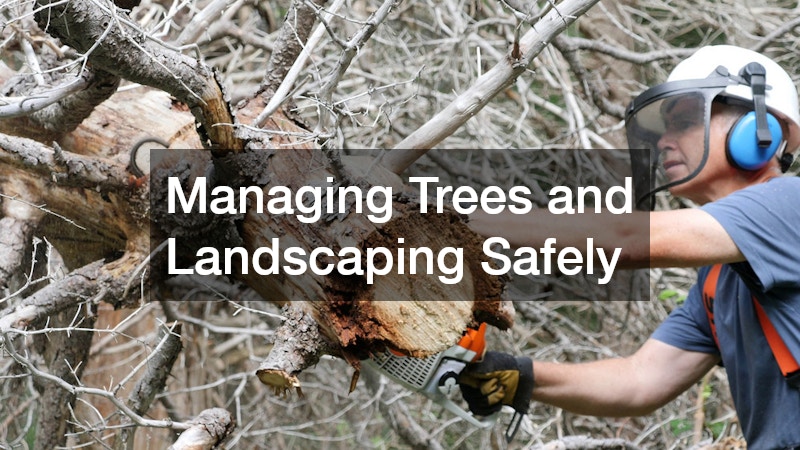Owning a home is one of the most significant financial and emotional investments you’ll ever make. Beyond being a place to live, your home represents stability, comfort, and long-term value. However, maintaining that investment requires ongoing care, awareness, and a proactive approach. From seasonal upkeep to addressing potential hazards before they escalate, knowing where to start can feel overwhelming. That’s why this comprehensive guide breaks down key strategies, offering practical advice to help you protect your property, preserve its value, and enjoy peace of mind. These homeowner tips will help you make informed decisions that save time, money, and stress in the long run.
The Importance of Regular Roof Maintenance
Your roof is your home’s first line of defense against the elements, yet it’s often the most neglected part of a property. Regular maintenance prevents leaks, structural deterioration, and costly damage caused by water infiltration or weathering. Engaging local roofing contractors for annual inspections ensures that any issues—like loose shingles, deteriorating flashing, or moss buildup—are addressed early. These professionals are trained to detect subtle signs of wear that homeowners may overlook, such as sagging areas or small punctures from debris.
Even minor leaks can quickly escalate into extensive interior damage if ignored. Proper maintenance also extends your roof’s lifespan and enhances energy efficiency by ensuring proper ventilation and insulation. Keeping gutters and downspouts clear of debris is equally important, as blocked drainage can lead to standing water and eventual structural decay.
Another essential consideration is documenting your roof’s condition for insurance purposes. If severe weather strikes, having up-to-date maintenance records strengthens your case for coverage. Among all homeowner tips, maintaining your roof ranks as one of the most cost-effective ways to protect your investment.
Scheduling periodic inspections not only safeguards your home but also helps avoid the financial burden of premature replacement. A healthy roof contributes directly to curb appeal and overall property value, making it a critical component of long-term home preservation.

When to Schedule Roof Repairs
Even the best-maintained roof will eventually require attention. Recognizing when it’s time for roof repairs can prevent minor problems from turning into major financial headaches. Common warning signs include missing shingles, water stains on ceilings, or curling edges that allow moisture penetration. Addressing these early helps preserve your roof’s integrity and prevents interior mold growth or insulation damage.
Seasonal weather fluctuations—especially in regions prone to heavy snow, hail, or high winds—can accelerate wear and tear. After major storms, it’s wise to have a professional inspection to assess any potential damage. Investing in repairs promptly is far less costly than replacing your entire roofing system down the road. Many homeowners delay repairs due to budget concerns, but proactive action ensures safety and minimizes long-term expenses.
Homeowners should also pay attention to the roof’s age. Most asphalt shingles last 20 to 25 years, while metal and tile roofs may endure far longer with proper maintenance. If you notice granules collecting in gutters or uneven fading, it’s a signal that your roofing material is nearing the end of its lifespan.
Among the most practical homeowner tips is maintaining a repair fund. Allocating a small monthly budget for emergency fixes ensures that you’re financially prepared when the unexpected happens. By taking a proactive stance and working with trusted professionals, you’re not only maintaining structural integrity but also preserving your property’s long-term market value.
Protecting Your Home from Animal Intrusions
Wildlife may look harmless from afar, but once they find a way into your attic, basement, or crawl spaces, they can cause serious damage. Partnering with an animal exterminator is often the safest and most humane way to remove unwanted guests like squirrels, raccoons, or rodents. These animals can chew through wiring, insulation, and wood, creating fire hazards and structural vulnerabilities.
Rodent infestations are particularly concerning because they multiply quickly and contaminate food sources. Birds nesting in vents can block airflow, while raccoons often tear apart shingles or soffits seeking shelter. Attempting to remove these creatures without professional help may result in injury or property damage.
A key preventative measure is inspecting your home’s exterior regularly. Seal openings around utility lines, vents, and chimneys, and repair damaged siding or fascia boards. Keep garbage bins sealed and stored away from entry points. Additionally, trimming branches away from the roofline makes it harder for animals to gain access.
Among homeowner tips that deliver both peace of mind and long-term protection, preventing wildlife invasions ranks high. The cost of prevention is minimal compared to repairing chewed wiring, torn insulation, or contaminated ductwork. By taking proactive steps, you not only protect your property but also maintain a healthier living environment for your family.
Managing Trees and Landscaping Safely
A well-maintained yard enhances curb appeal, but neglected landscaping can become a safety hazard. Hiring professionals for tree cutting services and tree removals ensures your property remains both attractive and secure. Overgrown or damaged trees can fall during storms, causing thousands of dollars in damage to roofs, fences, and vehicles.
Professional arborists can identify signs of disease, decay, or root instability that may not be visible to the untrained eye. They can also recommend proper pruning techniques to encourage healthy growth while preventing limbs from encroaching on your home or power lines. In some cases, complete removal may be necessary if a tree poses a threat to your foundation or nearby structures.
Regular maintenance also improves sunlight exposure and airflow in your yard, which benefits both your lawn and your home’s exterior. Allowing leaves and branches to accumulate near gutters can contribute to blockages and water pooling. Proper trimming reduces this risk and enhances drainage around the property.
These practical homeowner tips extend beyond aesthetics—they’re vital for safety and property preservation. Tree maintenance can also increase your home’s value by ensuring an appealing, well-kept landscape. Scheduling periodic assessments and removing hazardous trees before they become emergencies can save money and prevent unnecessary stress later.
Addressing Plumbing Problems Before They Escalate
A home’s plumbing system is essential for daily comfort and health, yet leaks and clogs often go unnoticed until they become serious. Working with a local plumbing contractor ensures your system functions efficiently and safely. From small leaks under sinks to larger pipe issues behind walls, timely repairs prevent costly water damage and mold growth.
Routine maintenance should include checking faucets, showerheads, and exposed pipes for drips or corrosion. Inspecting water heaters annually can help detect sediment buildup that reduces efficiency and lifespan. Similarly, monitoring your home’s water pressure helps prevent strain on your pipes and fixtures.
One often-overlooked issue is drain clearing. Over time, grease, hair, and debris accumulate in pipes, leading to slow drainage or complete blockages. Regular professional cleaning prevents backups that could damage flooring or drywall. Homeowners should also be cautious about what goes down the drain—avoid pouring grease, coffee grounds, or non-flushable items, as they can lead to costly plumbing emergencies.
These preventive actions are among the most effective homeowner tips for safeguarding your investment. Plumbing issues, if left unchecked, can lead to thousands in repair costs and even compromise your foundation or electrical systems. Consistent care ensures not only functionality but also peace of mind knowing your water systems are operating smoothly.

Combating Household Pests Effectively
No homeowner wants to deal with infestations, yet pests are a common challenge that can threaten both comfort and structural integrity. Partnering with a local pest control service ensures that insects and rodents are eliminated safely and efficiently. From ants and termites to cockroaches and bedbugs, professional pest management provides tailored solutions that address your specific issues.
Termites, for instance, can silently eat away at wood framing for years before visible signs appear. Once detected, the damage can already be extensive. Likewise, carpenter ants, roaches, and rodents not only contaminate living spaces but also spread allergens and disease. A recurring pest control schedule—whether quarterly or biannually—can help keep your home protected year-round.
It’s also wise to adopt preventative habits that make your home less appealing to pests. Keep kitchens clean, seal cracks or openings around doors and windows, and store food in airtight containers. Addressing moisture problems, such as leaky pipes or damp basements, also discourages pests that thrive in humid environments.
Few homeowner tips have such a direct impact on health and safety as pest control. A well-maintained and pest-free home not only preserves property value but also enhances overall livability. By investing in ongoing pest prevention, you create a cleaner, healthier space for everyone inside.
Handling Moisture and Mold Before It Spreads
Moisture is one of the most destructive elements in a home. Whether caused by roof leaks, plumbing failures, or poor ventilation, it can lead to harmful mold growth that damages walls, ceilings, and air quality. Hiring a mold remediation service is essential when contamination goes beyond surface cleaning. Professionals can identify hidden moisture sources, safely remove spores, and restore affected areas using specialized equipment.
Even minor dampness in basements or bathrooms can escalate into a larger problem if ignored. Mold exposure can trigger respiratory issues, allergies, and other health complications, making prompt action crucial. In addition to professional help, homeowners should improve ventilation by installing exhaust fans, maintaining dehumidifiers, and sealing cracks where humid air enters.
Regular inspections—especially after water leaks or flooding—are vital to preventing widespread contamination. It’s also important to monitor condensation on windows or around HVAC units, as this may indicate underlying moisture problems.
Incorporating mold prevention into your maintenance routine is one of the smartest homeowner tips you can follow. Not only does it protect your home’s structure, but it also ensures a safe, breathable environment for your family. By acting quickly and employing professional services when necessary, you safeguard both your health and your investment.

Strengthening Your Home’s Foundation
Everything in your home depends on the strength and stability of its base. Over time, shifting soil, moisture, or poor drainage can cause cracks, uneven floors, or misaligned doors. Partnering with professionals who specialize in foundation repairs ensures these issues are corrected before they threaten your entire structure.
Warning signs include visible wall cracks, water pooling near the foundation, or doors that suddenly stick. Addressing these problems early prevents more severe structural damage and helps maintain property value. In some cases, improper drainage or gutter systems may need adjustment to divert water away from your foundation. Regular inspections after heavy rain or frost cycles can identify early warning signs of movement.
A strong foundation also improves energy efficiency by reducing gaps where air or moisture can enter. For homeowners in older properties, reinforcing support beams and sealing cracks can provide long-term stability. It’s also important to landscape strategically—avoid planting trees too close to your home, as expanding roots can shift soil and compromise the foundation over time.
Among comprehensive homeowner tips, few are as vital as maintaining a solid foundation. Without it, even the best roof or siding won’t protect your home from structural decline. Investing in early detection and professional repairs ensures your home remains safe, sound, and valuable for decades to come.

